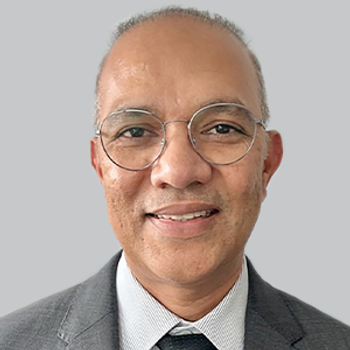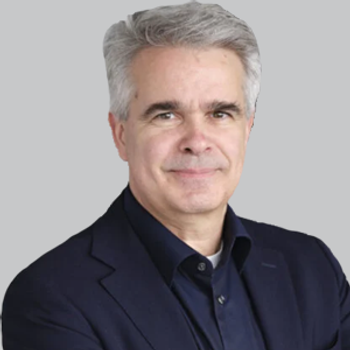
Telehealth: Treating Long-Distance Epilepsy Patients
Is long-distance clinical health care and patient education a model that can work in the real world?
The use of telehealth to reach epilepsy patients was covered at AES 2015 by Rick Boyle, Special Projects Director at the Epilepsy Foundation Western/Central PA.
Telehealth, according to the federal Health Resources and Services Administration (HRSA), is “the use of electronic information and telecommunications technologies to support long-distance clinical health care, patient and professional health-related education, public health, and health administration.”
Boyle focused his discussion on the Pennsylvania pediatric epilepsy telemedicine pilot project. The goal, he said, “is to enhance coordination of care between primary and specialty care through telemedicine and other health education technology systems.” More specifically, the goal was to pilot, refine, evolve, and develop telemedicine visits, particularly in primary care settings.
This program, entitled State and Regional Approaches to Improving Access to Services for Children/Youth with Epilepsy, has been run with a major emphasis on the interprofessional collaborative process.
The project’s interprofessional implementation team includes partners from across health care, including the Children’s Hospital in Pittsburgh (CHP) and WellSpan Neurosciences, for neurology, and the PA Medical Home Initiative and the Keystone Rural Health Center, for medical home primary care practices.
With guidance from the Michigan Department of Community Health and tools and equipment from the telemedicine program at CHP, Boyle and colleagues developed a collaborative model.
The model calls for joint development of the protocol for identifying patients and scheduling telemedicine appointments, joint development of the workflow that outlines roles and responsibilities of partners, identification and ordering of telemedicine equipment, and joint development of process evaluation measures for children and parents, primary care physicians, and neurologists.
The creation of the workflow required that every partner identify and accept their roles throughout the process. Each partner has a role at specific junctures, which include day of appointment, patient arrival, patient visit, billing, and after visit procedure.
In 2 years, a total of 8 patients have been seen across 2 sites. Though the implementation of the project has been slow, Boyle says that “we are starting to pick up steam now.” The project is currently identifying more sites and patients.
A major part of the process is the data collection and sharing across sites for each visit. Feedback from the partners was also shared. It was then summarized and used for making changes for subsequent cycles of patient visits.
Boyle also identified that parent input in the form of surveys was “very empowering and helpful for the families.”
In regards to the impact on clinical care and practice, Boyle said, “access to the sub-specialty care has been critical for many new patients.” The appointments have been timelier, and families are experiencing significantly less travel, cost, and missed work time. In fact, all 8 families said it was easier to see the neurologist through this network.
Partners were also happy. Survey data indicated that care coordination, equipment, and communications were all helpful.
Boyle concluded that more adjustments on the model must be made moving forward to “help the primary care folks improve access for families.”
The AES 2015 Annual Meeting was held December 4-8 in Philadelphia.
Session: Professionals in Epilepsy Care Symposium: Interprofessional Models and Collaborative Care. Dec. 5, 2015.
Newsletter
Keep your finger on the pulse of neurology—subscribe to NeurologyLive for expert interviews, new data, and breakthrough treatment updates.































